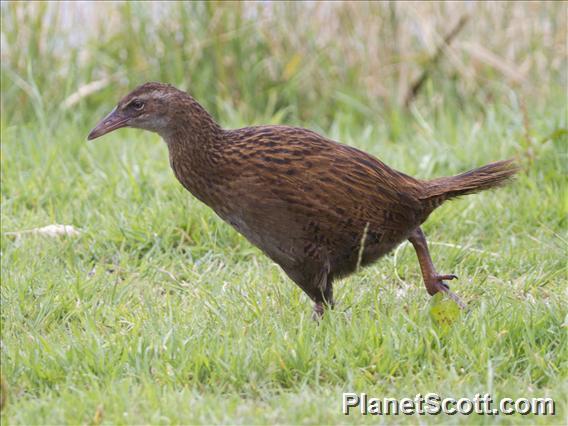Weka (Gallirallus australis)

Weka (Gallirallus australis)
×


Weka (Gallirallus australis)
About Weka (Gallirallus australis)
- Kingdom: Animals
- Phylum: Chordates
- Class: Birds
- Order: Cranes, Rails, and Allies
- Family: Rails, Gallinules, and Allies
The weka, also known as the Māori hen or woodhen is a flightless bird species of the rail family. It is endemic to New Zealand. Some authorities consider it as the only extant member of the genus Gallirallus. Four subspecies are recognized but only two (northern/southern) are supported by genetic evidence.
Source: Wikipedia
Lifelists
Trips
Visits
-
2012-01-03
Stewart Island, New Zealand -
2012-01-18
Arthur's Pass, New ZealandA couple of them were strutting around the picnic area at Lake Poerua.


